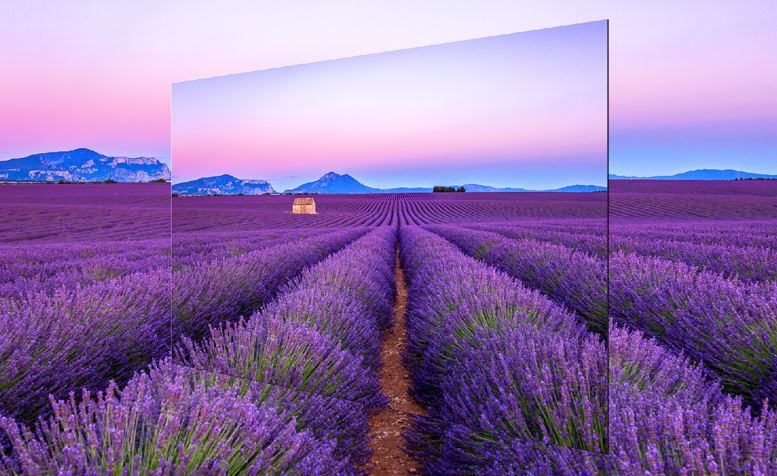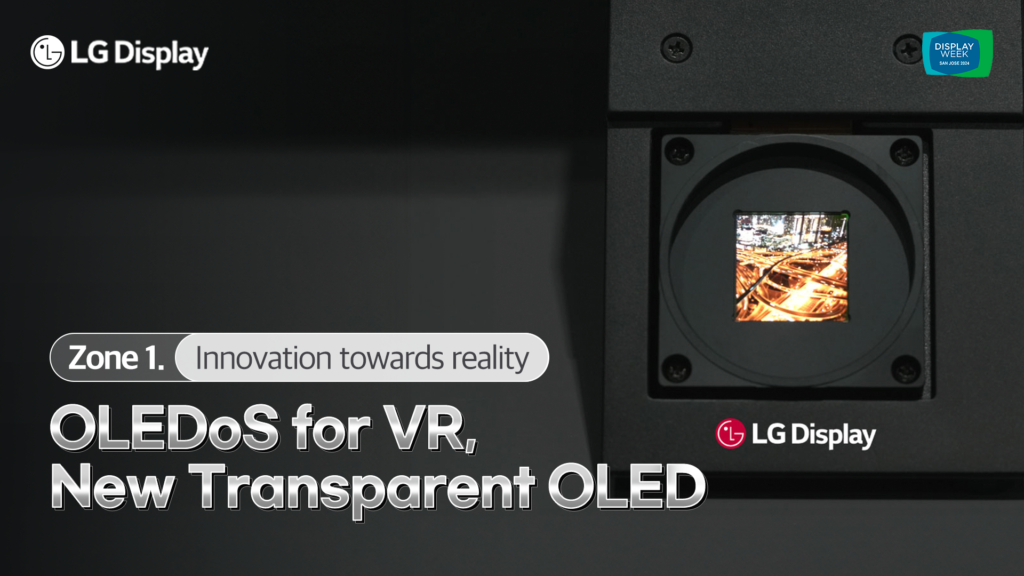By Alex Jensen
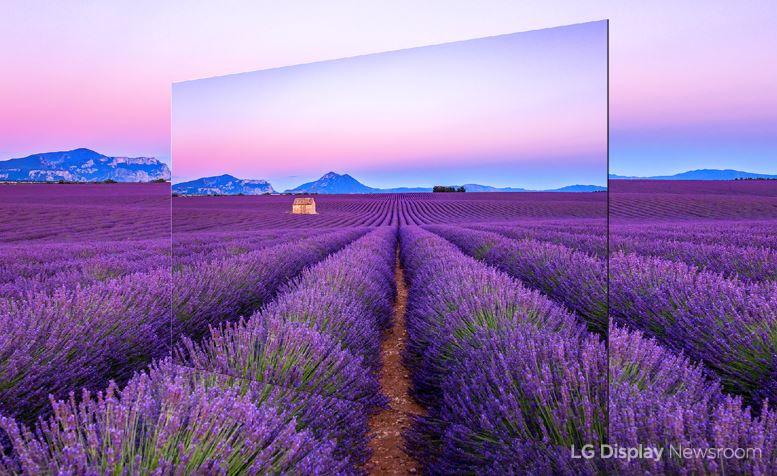
OLED seems to have been appearing more and more often lately, bucking the wider sales trend this year with increasingly accessible OLED TV options popping up as we saw with some of those Amazon Prime Day deals. There is a good reason for OLED’s growing popularity: consumers willing to pay for a premium TV will not find a better choice than OLED.
But, picture the scene. The Smith family has decided to buy an OLED TV and wants to compare a few options. They then come across LCD, QLED, MicroLED, and so on, and feel like they have entered a confusing world of acronyms. It is easy to see why they would want to ask what makes OLED different before splashing out on a high-end TV.
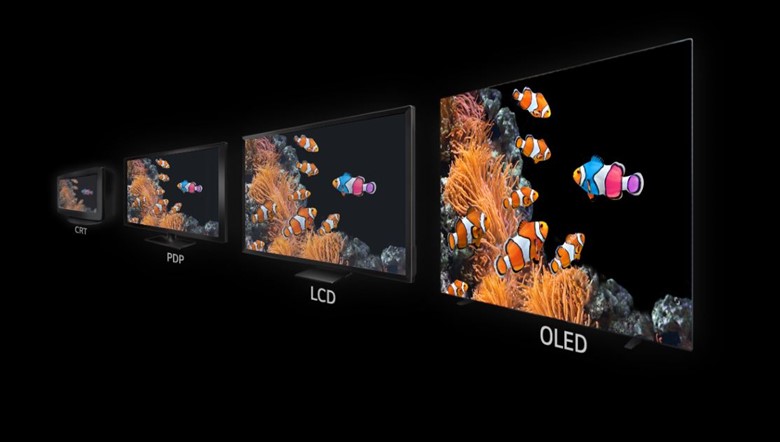
The game-changing difference defining Organic Light Emitting Diode (OLED) technology is its self-lit pixels. When you have millions of them controlling their own light output, the result is a very slim TV set with exceptional picture quality and accuracy, bright colors, and perfect black. In short, the emergence of OLED in recent years has seen the creation of a new class of TV.
By comparison, Liquid Crystal Display (LCD) technology relies on a backlight. As the most common technology in the TV market for now, you can certainly find high-end LCD options like QLED (Quantum Light Emitting Diode) TVs, which are basically LCD TVs with LED backlights and quantum dots to enhance color and contrast, but they are still considered by industry experts to be behind OLED regarding dark and bright ends of the spectrum. “One of the most important image quality factors is black level, and their emissive nature means OLED TVs can turn unused pixels off completely, for literally infinite contrast. QLED/LCD TVs, even the best ones with the most effective full-array local dimming, let some light through, leading to more washed-out, grayer black levels and blooming around bright sections,” explains CNET’s David Katzmaier.
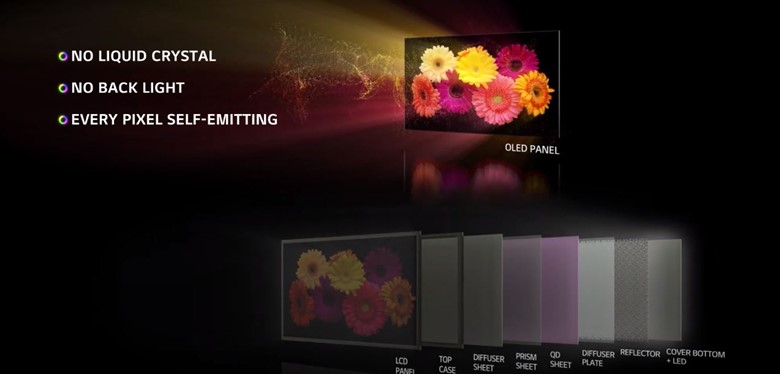
We can go deeper on the picture quality point, as there is an industry consensus on other benefits that OLED’s self-emissive nature is responsible for. For instance, TechRadar highlights the reason OLED is ideal for gamers and home cinema fans: “the responsiveness and smoothness of the display itself.” While that advantage comes down to a faster response time, again due to those pixels working on their own, another factor to consider is what angle you are watching TV from – in most living rooms, that is not always going to be dead straight in front of the TV. Simon Cohen at Digital Trends says you can enjoy OLED’s “brightness and contrast from virtually any viewing angle,” but “even the best non-OLED models still exhibit a perceptible loss of quality when you sit off-center.”
Yet, the case for OLED TVs does not stop there. One of the features that makes OLED TVs special, according to Martin Pratt of Which?, is the super-thin screen. “With no need for a backlight, OLED screens can be even thinner than most smartphones,” Pratt writes. I would add that while QLED panels come in more size options, the thinness of OLED displays gives them more wow factor when it comes to flexibility – allowing them to be adaptable to form factors such as Transparent, Rollable, and Bendable OLED, as demonstrated once again at CES 2021.
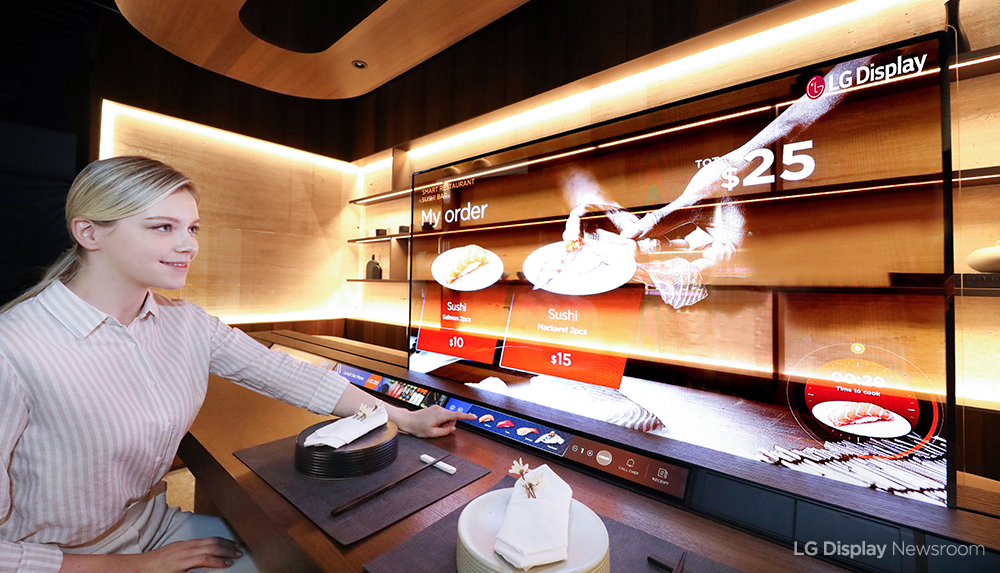
A final important point to make, with such an increase in screen time during the COVID-19 pandemic, is that it has never been easier to appreciate watching TV on a display that is easier on the eyes – so, OLED’s low blue light and flicker free recognition should be appealing. You might also have seen OLED’s reduced power consumption being highlighted. In fact, its environmental benefits go further with certified low emissions of hazardous substances – a feature that is surely good for the home as well as the wider world.
Then why doesn’t every company just make OLED TVs? It is important to realize how difficult and technology-intensive it is to produce these cutting-edge panels. LG Display has managed to master the technology following years of perseverance, even after other major display manufacturers dropped out over concerns about the commercial viability of OLED TVs. That is why the OLED TVs sold by LG Electronics and other top TV makers are actually made by LG Display.
From my perspective, LCDs have obviously come on massively too, with technologies being developed to get closer to some of the benefits enjoyed by OLED TV viewers. High-end LCD TVs are being equipped with ever smaller backlights and full-array local dimming, leading to the emergence of technologies like MicroLED. That said, this also implies the chasing pack are by nature an extra step from OLED’s self-emissive characteristic, and there is skepticism about how successful this challenge to OLED TVs can be.
Admittedly, the conversation around OLED TVs is often focused on the higher end of the market, even if they are becoming more accessible. But it is clear that OLED is the next-generation display technology in terms of design diversity and potential variety of applications, as well as picture quality excellence.




